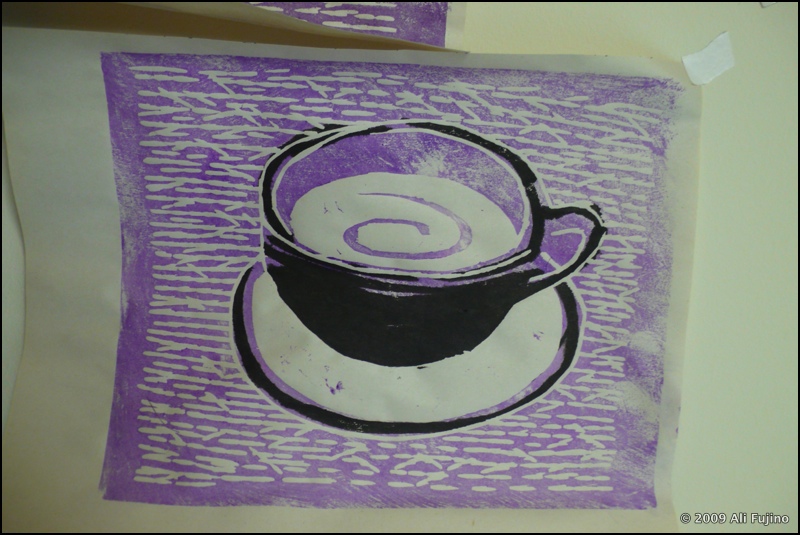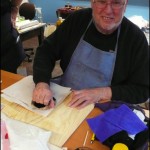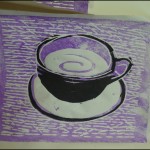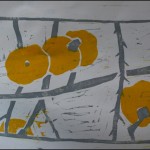In Japan in the early 18th Century began a great kite-hysteria that lasted through most of the 19th Century. This 200 year period also saw the dramatic rise in popularity of the Kabuki Theater, a time when actors were the most famous citizens in their cities. Another group of artists that were able to exert great influence throughout these times were the artists and carvers who produced woodblock prints. Their most popular subjects were human and natural stars of the local scene; sumo wrestlers, great landmarks, and kabuki actors.
These artistic classes, of course, were of lower rank than the noble families and their samurai. As their popularity increased, so did their political power, to the point that many local lords passed laws designed to limit the artists’ influence. Politicians forbade printers to publish the images of contemporary actors, the governments were the only authorized publishers of calendars, and as with kites, governors cracked down on extravagant uses of materials (like gold- and silver-leaf as decoration). These parallel developments have led to some of the most interesting woodblock prints, those showing kabuki actors disguised as kites, showing famous actors in scenes painted on kites, or those showing real actors flying kites. In all three examples, printers were avoiding the heavy hand of the censors.
It is natural that The Drachen Foundation is encouraging artists to re-assess the beauty of woodblock printing. It possesses an historic link to Japanese kite making and the Japanese kite tradition.
On March 7 and 8, the Foundation invited renown Portland based printmaker Barbara Mason to conduct a two day workshop on Moku Hanga, Japanese woodblock printing. To simplify the difference between what we as westerners practice in the art of woodblock printing, (printing with thick water based or oil based printers inks, from dry blocks to dry paper….the results being crisp or “hard edged” colors layered over colors) the Japanese woodblock printing is that of a wet on wet process.
The wood blocks are wet as well as the paper. This means the inks permeate the paper, and allow a transparent and “watercolor” like application of areas.
The process of Moku Hanga has many more steps than western style block printing, uses different media, but for those who give it a try, the end results of “blending” colors captivates and appeals to the “painterly” side of the printmaker.
But judge for yourself; look at the results of just a two day class in Seattle, Washington.
Many of these prints are ready to fly, with the help of kite builders from the Foundation.
This summer, Drachen is proud to announce being a collaborative part of a west coast tour of Kyoto based Japanese woodblock printer, Richard Steiner. He will join us in Portland, Oregon, Seattle and Tieton/Yakima, Washington.
Stay tuned to our newsletter for more information!
-Scott Skinner & Ali Fujino





